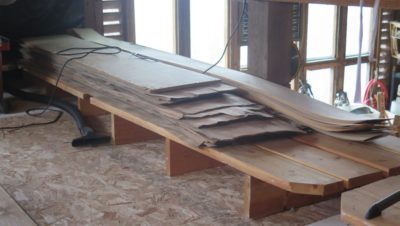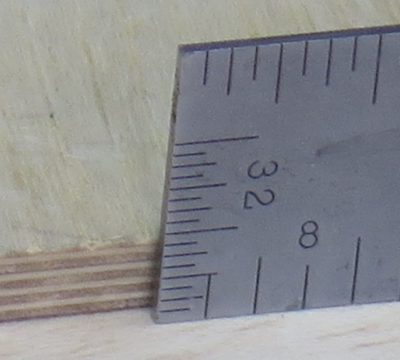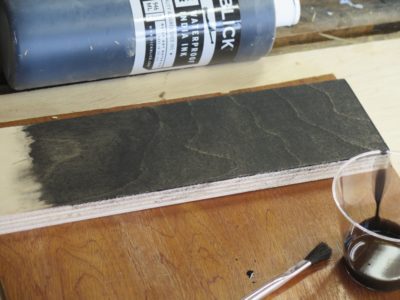A Long Tale of Mistaking Coincidence, Correlation, and Cause
In January, which can be a lot more brisk than you might expect in Virginny given our altitude (~3100 feet) and breeziness (we are in a wind power “red zone”), I experienced a dearth of heat output from my coal/wood stove for a week that required me to keep the kerosene rocket stove going most of the time to keep the temperature comfortable in the studio (50-ish). I gave the problem a fair bit of thought and diagnosis, and my settling on the wrong answer was reminiscent of a conversation I had eons ago with a statistician whose job was to help academic researchers design their projects to yield the most authoritative results.
The statistician recounted numerous incidents wherein an “expert researcher” would show up in the office with a box full of lab notebooks and say something like, “Here is all my data. My conclusions are X, Y, and Z, so make the data fit those conclusions.” Virtually every institution of structured inquiry has statistical specialists like the one I knew, and I expect they have all been presented with scenarios like the one I just described. Given the current prevalence of junk science being the coin of the public policy realm, we are all subject to faulty questions being asked, slipshod “research” being conducted to fulfill the question, and dubious “results” being crammed down our throats as being “settled science.”
As Michael Crichton once remarked, “There is no such thing as settled science. If it is ‘settled’ it is not science. If it is science, it is not settled.” A recent dark-humor internet meme explained the status quo; “97% of all scientists arrive at conclusions their funders desire.” This has become ever more evident in our recent past. Follow the toxic stew of money, power, and prestige, and you can predict where nearly every “science” story thread will eventually end up. Put another way, it is likely I/we would be better off believing the exact opposite of everything reported publicly, in keeping with the tenets of the Gell-Mann Amnesia Hypothesis (look it up).
What does this have to do with my stove?
Everything and nothing, as I had arrived at the wrong answer when diagnosing the performance of the heating system. I was confusing the natures of coincidence, correlation, and cause. In short, I was short-circuiting the loop of synthetic thinking, whereby the inaccurate/incomplete merging of the noumenon (that which can be conceived) and the phenomenon (that which can be observed) was leading me to a faulty conclusion. I should have known better, for three decades all of my teaching has been built on a foundation of synthetic thinking.
My first stop on the faulty thinking express was to observe that the original gaskets on the stove doors, now over a half-century of service (the phenomenon), were falling apart and definitely needed to be replaced. In doing so I surmised that the efficiency of the stove (the noumenon) would be dramatically enhanced by getting the stove door gaskets back up to spec.
I found a source for the odd sized gaskets and replaced all the aged ones. In the aftermath of that I could see that the doors fit more snugly and the fire box was very tight. The next day after allowing the gasket cement to harden, when I fired up the stove the firebox built up much quicker heat but the studio temp was no better. Besides, there was a lot of smoke in the interior space and not as much as there should be coming out the top of the chimney. Smoke tendrils were coming out of every teeny crevice in the exhaust pipe.
Hmm, sez I, somehow there must be a bird or mouse nest somewhere in the stovepipe preventing good air flow up the pipe, disrupting the proper function of the system. This line of thinking was my second stop on the crazy train of faulty problem solving. I reluctantly disassembled the stove pipe to the point where it exited the building envelope.
Nothing. All I had accomplished was to get really dirty.
The next day the weather was a little warmer but I still needed some heat and thus fired up the stove again. Not only was the interior smoke worse, there was water dripping from somewhere up above down the stove pipe all the way to the stove on the first floor. Whatever I had done to this point was the wrong thing. Not only was the problem not solved but it seemed to be getting worse. It’s almost as if I was a gubmint science policy advisor.
Clearly there was need for a third excursion on the Coincidence, Correlation & Cause Express.
I disassembled the section of the stove pipe penetrating the barn wall and the upward crook/rain cap outside the building. The end of the pipe, outside the building, was fully impacted with a dam of sooty frozen sludge. You see, I had failed to correlate the series of blizzard-y snow storms we’d had a month before, which combined with our absence for a fair bit of the intervening time allowed snow to blow underneath the rain cap and into the top of the stack and compile there. At some point in the timeline the snow so filled the up-crook of the smokestack that it allowed only the bare smallest amount of smoke to escape around the perimeter of the snow plug, and even that was facilitated only by the heated exhaust warming the metal pipe just enough to allow a little gaseous exhaust to escape. And, the harder I tried to get the system up to proper performance the more I was causing the soot/snow plug to melt into a serious dam of sludge in the elbow of the up-crook, blocking all exhaust flow close to 100%. Once I got all that cleaned out (I cannot recall a messier job) and reconfigured the stove pipe to prevent a reprise in the future, the stove was cranking enough heat into the studio that I was peeling layers as I worked.
I had misread the components of the coincidence, correlation, and cause equation, and thus unknowingly dispensed with any hope of accurate problem solving via synthetic thinking.
It was a great reminder to me to be skeptical about almost everything I observe and think, read or hear, and, I hope, it was a good lesson learned.










Recent Comments